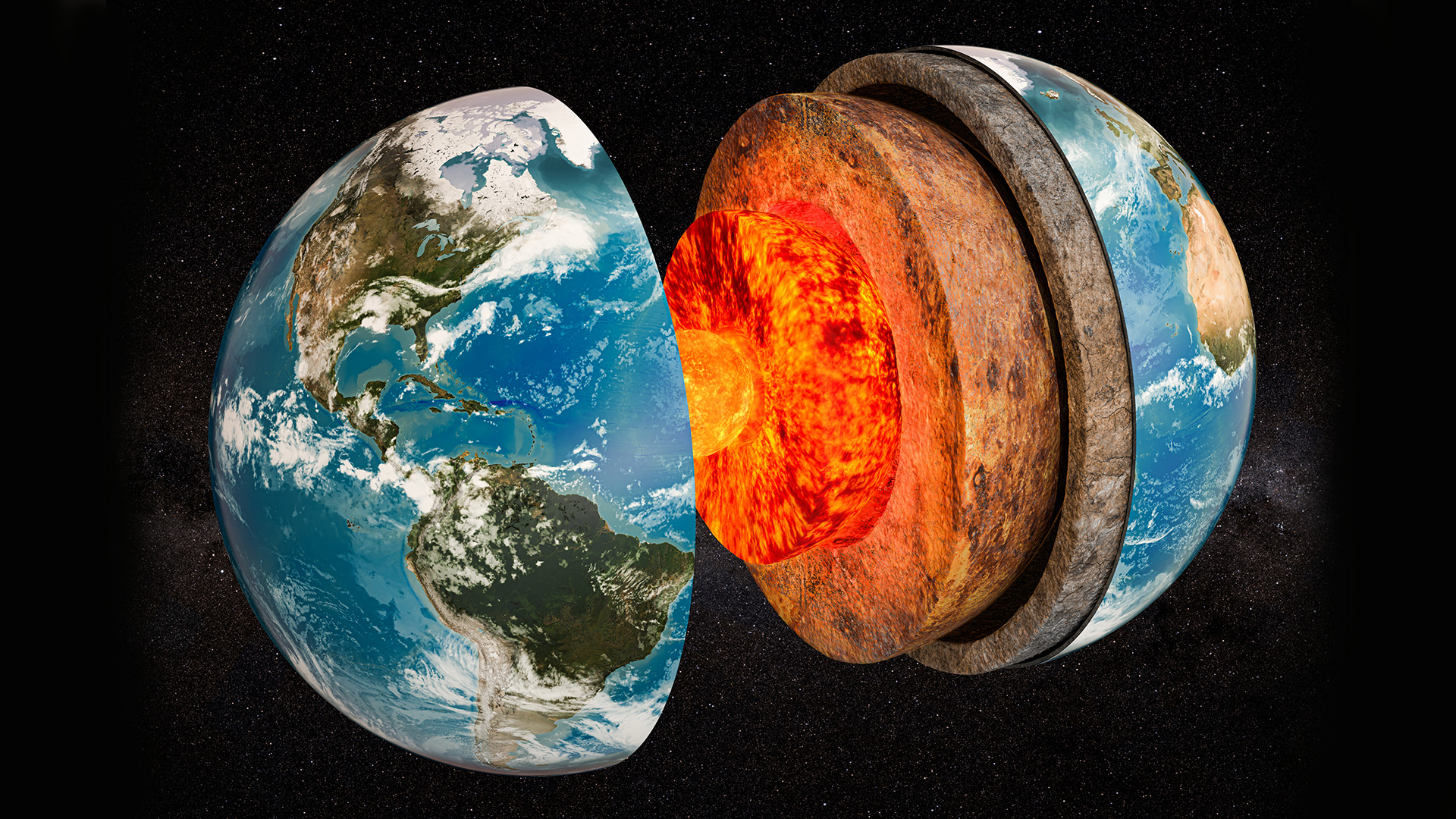Earth’s mantle is less of a mosaic and more of a homogenous soup

Around the world, lavas erupting from volcanic hotpots have unique chemical compositions. Lava plumes in Hawaii, Iceland, and Samoa each have a distinct chemical signature. Conventional wisdom led researchers to believe these chemical signatures reflected the chemistry of their underlying mantle source, implying the mantle has a mosaic-like structure of variable chemical composition. However, new research led by Dr. Matthijs Smit, Associate professor and Canada Research Chair at the University of British Columbia’s Dept. of Earth Oceans and Atmospheric Sciences, tells a very different story. The research, published in the latest issue of Nature Geoscience, finds that the mantle is actually quite uniform and differences in chemical composition between hotspot plumes develop as emerging magma interacts with different overlying rock types. In a way, hotspot lavas are much like varieties of soup with different ingredients, but made from the same stock.
The breakthrough article titled “A common precursor for global hotspot lavas” re-envisions our understanding of Earth’s mantle and provides us with new insights into the global cycle of elements, our planet’s formation and the evolution of the mantle. Previously, models of the mantle had to include ‘primordial reservoirs’ to be able to explain some of the chemical data. However, these geographically isolated pools clashed with our understanding of global mantle convection. The new paradigm offers a simple explanation for the observations aligned with mantle convection theories. A chemically uniform mantle with magma that is transformed during its rise to the surface can also explain the vast difference between oceanic and continental basalts, including diamond bearing kimberlites.
Together with co-author Dr. Ellen Kooijman of the Swedish Museum of Natural History’s Department of Geosciences, Dr. Smit analyzed the trace-element and isotope composition of hotspot lavas from oceanic hotspots around the world. The chemical tracers revealed the melts all had highly consistent source material. Without being able to directly sample the Earth’s mantle, these lava samples offer us the closest glimpse of the magma stew below us.
Click here to read more about Dr. Smit and Dr. Kooijman’s findings in their own words and find the original research article here.